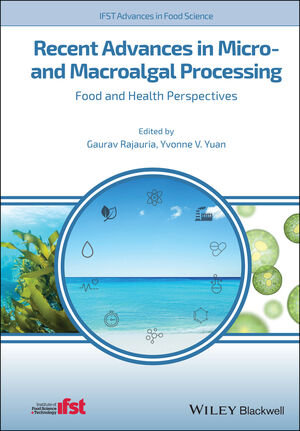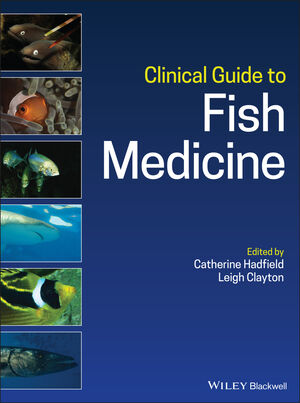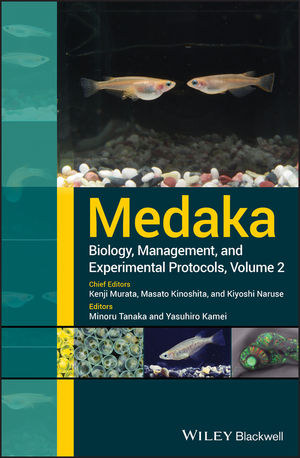
News
Regulations
Research
Regulatory burden costs U.S. aquaculture $807M yearly, study finds
March 18, 2025 By Aquaculture North America staff
A study to analyze the effects of the regulatory framework across U.S. aquaculture has shown an annual loss in revenue of $807 million (adjusted for national coverage, in 2023 USD).
The paper, “The National Regulatory Cost Burden on U.S. Aquaculture Farms,” was recently published in the Journal of the World Aquaculture Society.
The aim of the study was to estimate the total cost of regulatory compliance across all U.S. aquaculture; estimate the total lost revenue resulting from regulatory decisions in the United States; compare and contrast economic effects of the U.S. regulatory framework across major aquaculture sectors; and identify characteristics of well-designed regulations from the research literature.
Aquaculture supports a percentage of sectors throughout the economy. Despite its economic importance in many regions of the U.S., the increasing regulatory burden has resulted in much slower growth of the sector in the United States and the European Union as compared with many other countries.
Researchers carried out a survey of nine major sectors of U.S. aquaculture for baitfish/sportfish, salmonids, catfish, tilapia, hybrid striped bass, redfish, Pacific Coast shellfish, Atlantic Coast shellfish and ornamental aquaculture farms in Florida.
The researchers attempted to contact all known producers nationally (for catfish, baitfish/sportfish, salmonids, tilapia, hybrid striped bass, and redfish), within specified regions (for Pacific and Atlantic Coast shellfish), or within the state with the greatest concentration of farms (Florida ornamentals).
“The choice of a census, rather than a sampling approach, was based on preliminary evidence of substantial variations in regulatory effects across states and from farm to farm. Each survey represented a snapshot in time for each sector, with farmers asked to respond based on the regulatory costs and market effects for the year preceding the survey,” an excerpt from the study states.
Respondents listed and ranked the greatest problems and challenges on their farms.
More than half (54 percent) said that regulations were either the top or the second-greatest problem faced, but percentages varied across sectors.
Greater percentages of baitfish/sportfish, Pacific Coast shellfish, hybrid striped bass, and salmonid producers reported regulations being their top or second-greatest problem, followed by the Atlantic Coast shellfish, catfish, tilapia, and ornamental surveys.
More than half (51 percent) of Pacific Coast shellfish producers indicated that regulations were their primary challenge. A third of baitfish/sportfish producers also ranked regulations as their top challenge, followed by 29 percent of salmonid and Atlantic Coast shellfish respondents, and 13 percent of redfish respondents.
The total regulatory cost burden across U.S. aquaculture farms (adjusted to 2023 values) was US$196 million annually, with the average regulatory cost per farm ranged from $29,128 to $450,564 per farm yearly.
The study also outlined pathways to improve regulatory efficiency including: sunset clauses for each rule; reward incentives; nonlethal, multi-pathogen testing methods; training in aquaculture science, current farm practices, and appropriate, consistent, regulatory actions.





